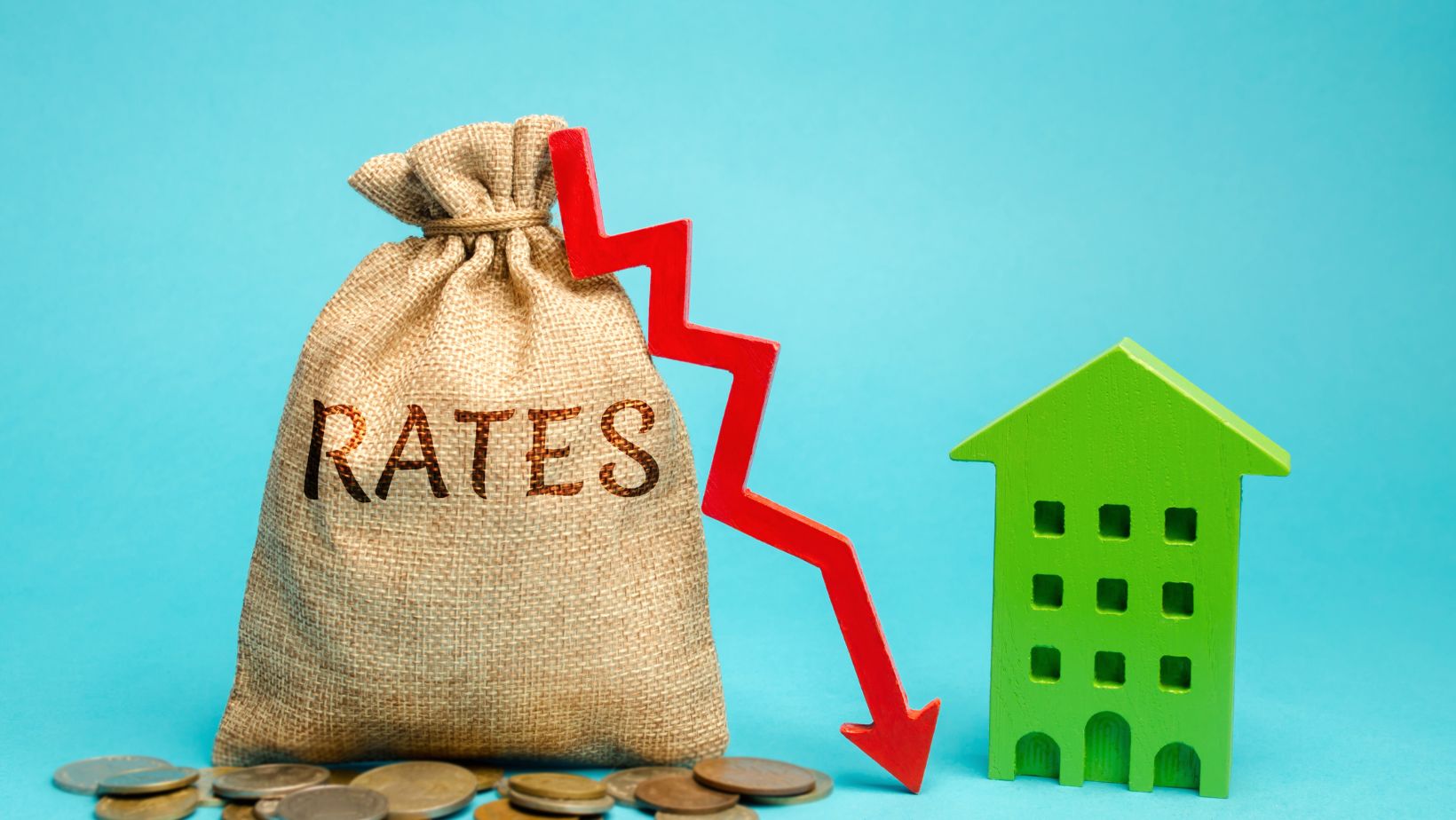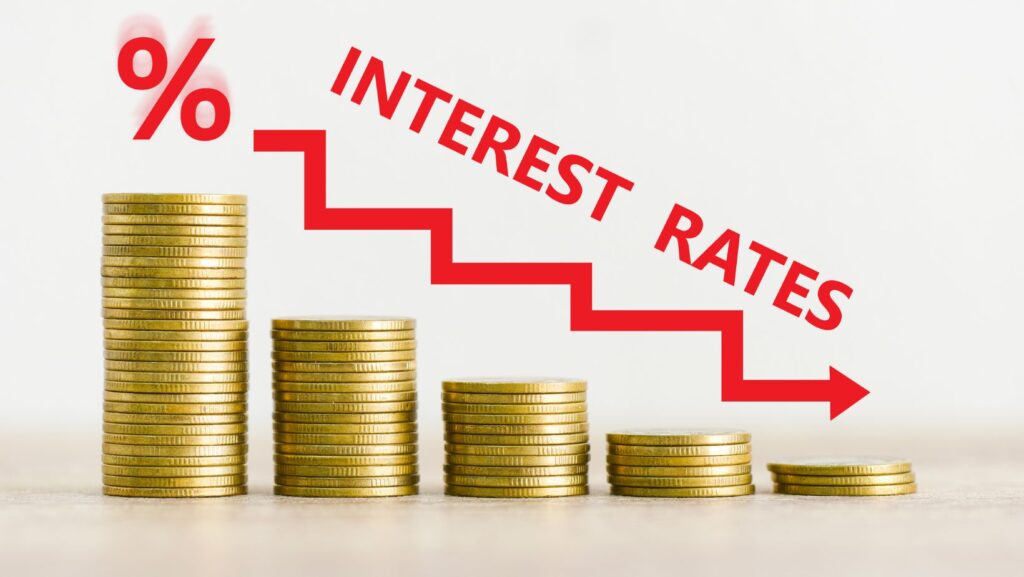Interest rates play a crucial role in the financial landscape, influencing everything from personal loans to mortgages and savings accounts. They’re the backbone of the economy, dictating how much borrowers pay for loans and how much savers earn on their deposits. Understanding these rates can empower individuals to make informed financial decisions, whether they’re planning to buy a home or looking to grow their savings.
When interest rates rise, borrowing costs increase, making loans and mortgages more expensive. This can deter potential homebuyers or those looking to refinance, as higher rates mean higher monthly payments. Conversely, when rates drop, borrowing becomes more affordable, often sparking an uptick in home purchases and refinancing activities.
For savers, interest rates determine the return on savings accounts and other fixed-income investments. Higher rates can lead to better returns, encouraging saving, while lower rates might push individuals to seek alternative investment opportunities. Recognizing these dynamics is essential for navigating today’s financial world.
Understanding Interest Rates
Interest rates play a pivotal role in credit and savings decisions. They determine the cost of borrowing and the potential returns of saving.
Definition and Types
Interest rates represent the cost of borrowing money or the return on investments. They come in two primary forms: fixed and variable. Fixed rates remain constant over the loan’s term, offering predictability. For example, mortgages often feature fixed rates to ensure stable payments. Variable rates fluctuate according to financial market changes, impacting costs and returns accordingly. Loans from online lenders might offer either type, often depending on credit risk.
Factors Influencing Interest Rates
Several factors dictate interest rates. Central banks like the Federal Reserve adjust rates to control inflation and stimulate economic growth. Economic conditions, such as high inflation or recession, can prompt rate changes. Credit risk also plays a role, as higher risk typically leads to higher rates to compensate lenders. Lastly, supply and demand within loan markets, including options from online lenders, influence the prevailing rates.
Interest Rates and Loans
Interest rates directly impact loans by determining the cost of borrowing. Whether considering personal or auto loans, understanding this relationship is crucial for managing financial obligations effectively. For those looking to buy a home, utilizing a mortgage loan calculator can provide valuable insights into potential monthly payments and total interest costs based on varying interest rates.
Personal Loans
Interest rates define the total cost of personal loans. Rates vary based on creditworthiness. A higher credit score typically leads to lower interest rates, reducing the overall cost of the loan. Borrowers with lower scores face higher rates, increasing their financial burden. Online lenders often provide competitive rates, appealing to those seeking favorable borrowing terms.
Auto Loans
Interest rates significantly influence auto loans, affecting monthly payments and total interest paid. Fixed-rate loans bring stability to borrowers by maintaining consistent payments over time. Variable-rate loans, however, result in fluctuating payments tied to market conditions. Interest rates may vary with a borrower’s credit score or the vehicle’s age.
Impact on Mortgages
Interest rates significantly influence mortgage costs, affecting monthly payments and overall affordability. Lower rates reduce monthly payments, making home ownership more accessible, while higher rates increase costs.
Fixed vs. Adjustable Rates
Fixed-rate mortgages feature constant interest rates throughout the loan term. This stability makes budgeting easier and is appealing to risk-averse borrowers. Conversely, adjustable-rate mortgages (ARMs) initially offer lower rates but fluctuate over time based on market trends. Borrowers may face increased payments if market rates rise, affecting affordability.
Housing Market Implications
Interest rate trends impact housing demand and prices. Lower rates often boost demand, leading to increased home prices and higher activity, while higher rates generally slow down the market, reducing both demand and prices.

These fluctuations influence consumer decisions and overall market health.
Interest Rates and Savings
Interest rates play a crucial role in shaping the returns savers earn on their deposited funds. They influence both traditional savings accounts and Certificates of Deposit (CDs), affecting how individuals plan for their financial future.
Savings Accounts
Savings accounts benefit directly from changes in interest rates. Higher interest rates result in better returns for account holders. For example, if a bank offers a 2% annual interest rate, a $10,000 deposit earns $200 per year. Conversely, when rates drop, returns decline, prompting individuals to consider alternatives like investment accounts for better yields. Online lenders often provide competitive rates compared to traditional banks, appealing to those seeking higher returns on savings.
Certificates of Deposit
Certificates of Deposit offer fixed interest rates over specific terms, generally higher than regular savings accounts. Individuals commit funds for set periods, ranging from a few months to several years, in exchange for guaranteed returns. In a rising interest rate environment, CDs with longer durations lock in higher rates, attracting savers aiming for stability and predictable income. However, early withdrawal typically incurs penalties, so planning is essential. In contrast, low-interest periods may discourage long-term CD investments, leading individuals toward shorter-term options or other financial products.
Strategies for Managing Interest Rate Fluctuations
Interest rate fluctuations impact borrowing costs, savings returns, and mortgage affordability. To navigate these changes effectively, several strategies prove beneficial.
Refinancing Options
Refinancing offers a way to secure better loan terms amid changing interest rates. When market rates fall, borrowers can refinance existing loans to reduce monthly payments or shorten loan terms. Homeowners with adjustable-rate mortgages might lock in lower rates through fixed-rate refinancing.

Personal loan holders can also benefit by consolidating high-interest debts into a single loan with a lower rate. Online lenders often provide competitive rates, making them a viable option for those seeking refinancing opportunities.
Diversifying Savings
Diversifying savings helps mitigate the impact of fluctuating interest rates. By spreading funds across various savings vehicles, such as savings accounts, money market accounts, and Certificates of Deposit (CDs), individuals can optimize returns. In a low interest rate environment, investors may explore higher-yield options like bonds or dividend-paying stocks. Online lenders sometimes offer attractive savings rates, enhancing returns on deposited funds. This diversification ensures that savers maintain financial stability despite interest rate shifts.
Conclusion
Interest rates play a pivotal role in shaping financial decisions, impacting everything from borrowing to saving. Their influence on loans and mortgages can alter affordability and dictate the total cost of borrowing, while their effect on savings determines the returns individuals can expect. Understanding these dynamics empowers consumers to make informed choices, whether they’re navigating the housing market, managing personal loans, or optimizing savings. By staying informed about interest rate trends and exploring strategies like refinancing and diversification, individuals can better manage their financial obligations and plan for a more secure future.

